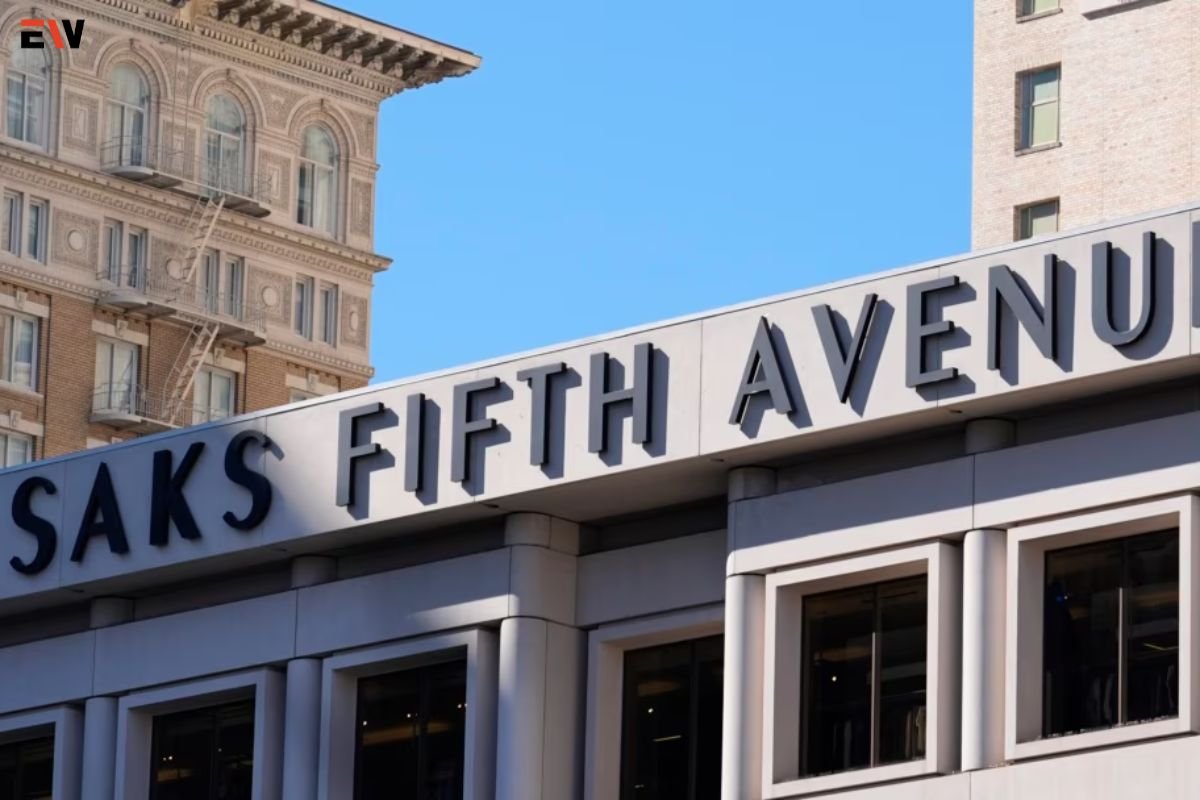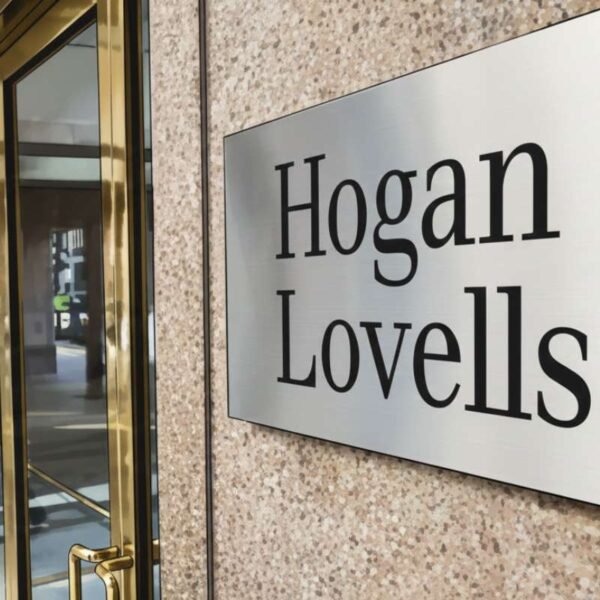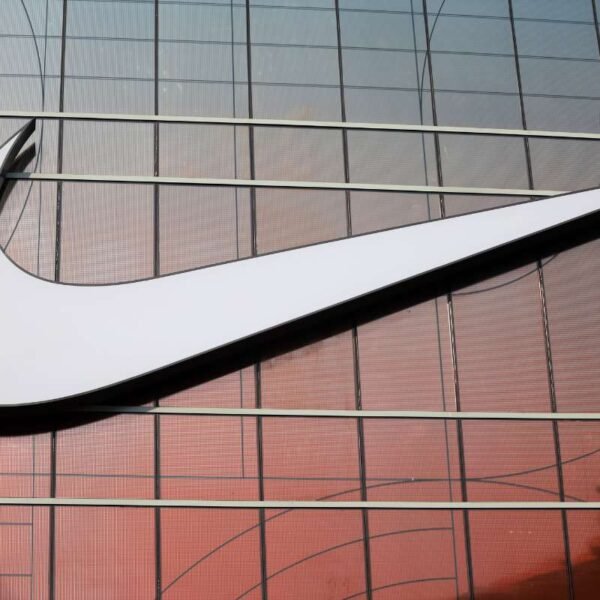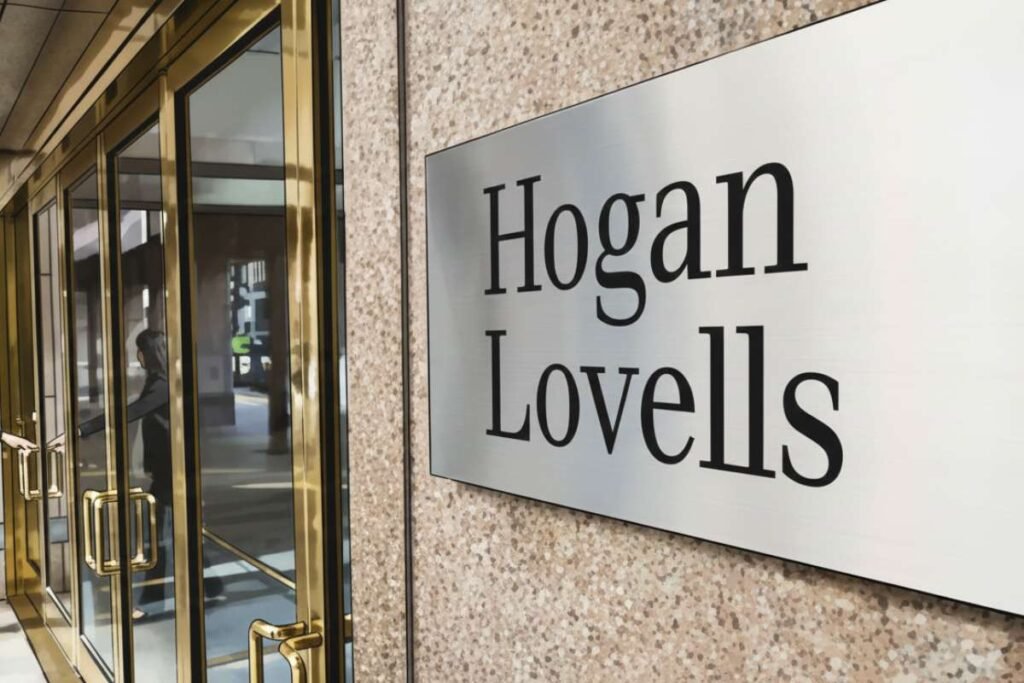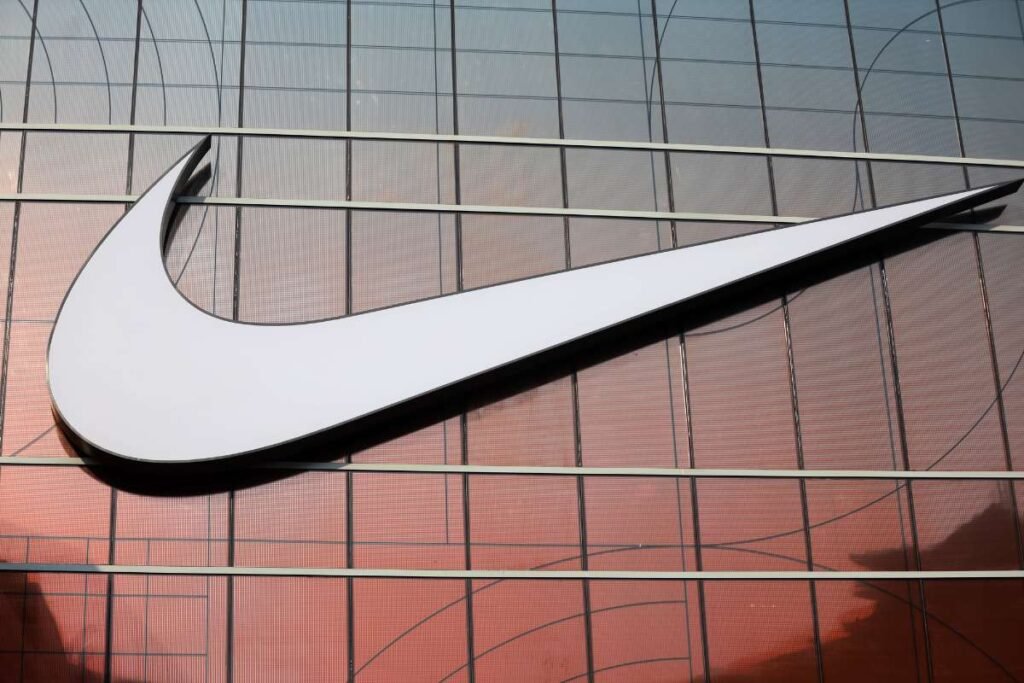Source- VOA News
In a significant move within the luxury retail sector, the owner of Saks Fifth Avenue, Hudson’s Bay Company (HBC), has announced plans to acquire Neiman Marcus under a monumental deal valued at $2.65 billion. This acquisition marks the culmination of years of intermittent negotiations between the two iconic retailers, both striving to appeal to a new generation of affluent consumers.
Strategic Merger Amidst Consumer Restraint
The merger of Saks and Neiman Marcus comes at a time when luxury spending has faced a notable decline, with Bank of America analysts reporting a 12% drop in luxury expenditures compared to last year. This trend reflects consumer caution amidst high inflation rates and increased borrowing costs, posing challenges for retailers targeting prestige purchases.
Partnership and Technological Integration
Alongside the acquisition, Amazon and Salesforce will hold minority stakes in the consolidated entity. Their involvement aims to bolster technological capabilities, enhance logistical efficiencies, and integrate artificial intelligence to redefine the customer experience in luxury retail.
Market Dynamics and Future Outlook
Industry analysts view the merger of Saks and Neiman Marcus as a strategic move to stabilize two retailers grappling with sluggish growth and evolving consumer preferences. Department stores, historically catering to older demographics, have struggled to retain relevance as younger consumers favor alternative shopping avenues. Sucharita Kodali from Forrester remarks that mergers in retail often signal challenges rather than strength, underscoring the complex dynamics at play in the modern retail landscape.
The agreement between Saks and Neiman Marcus, first reported by the Wall Street Journal after years of negotiations, unites Saks’ 41 North American locations with Neiman Marcus’ 36 stores and two Bergdorf Goodman outlets based in Dallas. Notably, the merger does not include plans for store closures, emphasizing a strategic focus on optimizing existing retail footprints.
Saks Fifth Avenue merging with Neiman Marcus in $2.65 billion deal
Differentiation and Customer Appeal
Despite their shared focus on luxury goods, Saks and Neiman Marcus cater to distinct segments of the luxury market, offering varied levels of exclusivity and service. Shawn Grain Carter from the Fashion Institute of Technology notes that while Saks has adjusted its brand positioning in recent years, Neiman Marcus retains a reputation as a premier destination for high-net-worth individuals seeking exclusive and curated merchandise.
Both retailers have navigated financial challenges in recent times, with Neiman Marcus emerging from bankruptcy in 2020 after significant debt restructuring, and Saks addressing financial pressures through real estate transactions and strategic investments.
Looking ahead, the luxury retail market faces ongoing economic uncertainties and changing consumer behaviors. Despite the pandemic-induced boom in luxury retail, subsequent inflationary pressures have dampened consumer spending, impacting discretionary purchases across the sector.
The merger of Saks and Neiman Marcus signals a proactive response to market challenges, aiming to leverage combined strengths to enhance competitiveness and sustain growth in the evolving retail landscape. As the deal progresses, regulatory scrutiny remains a potential hurdle, reflective of broader governmental oversight on mergers within the retail industry under the current administration.

